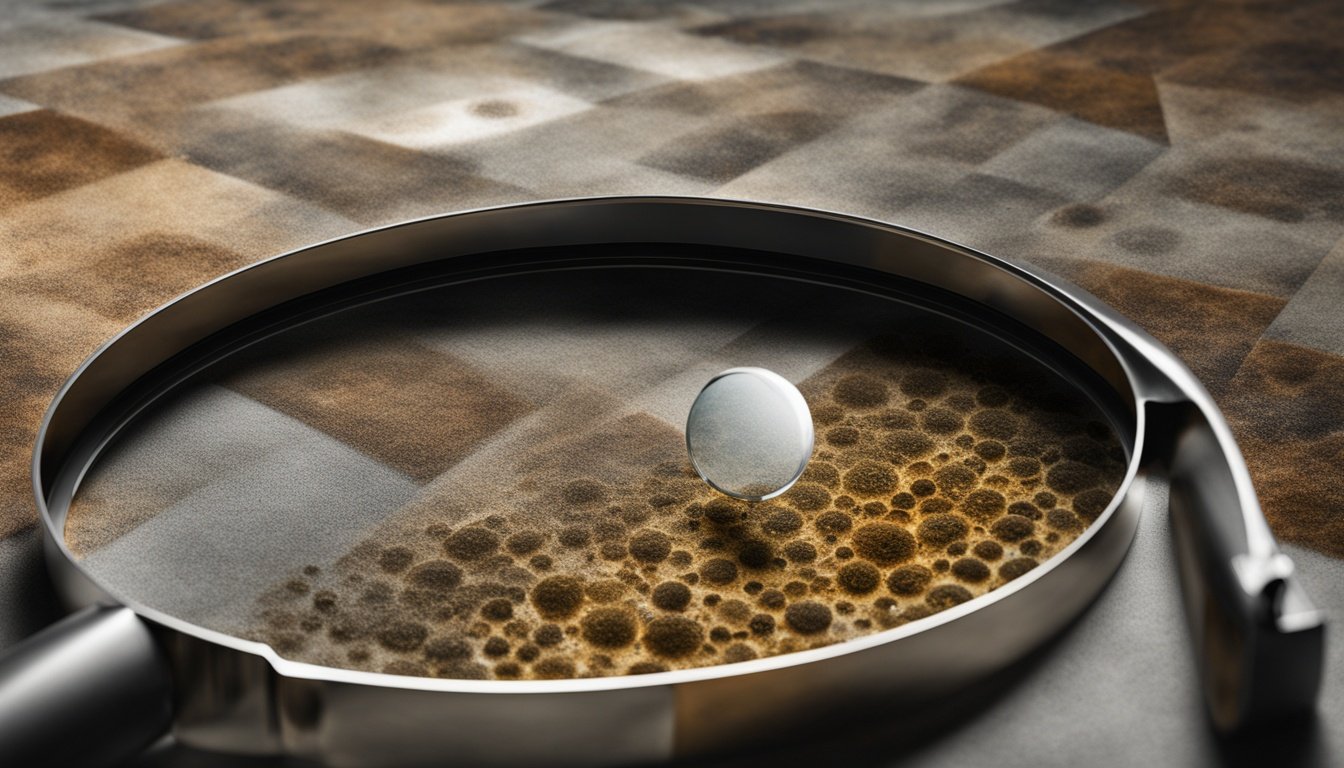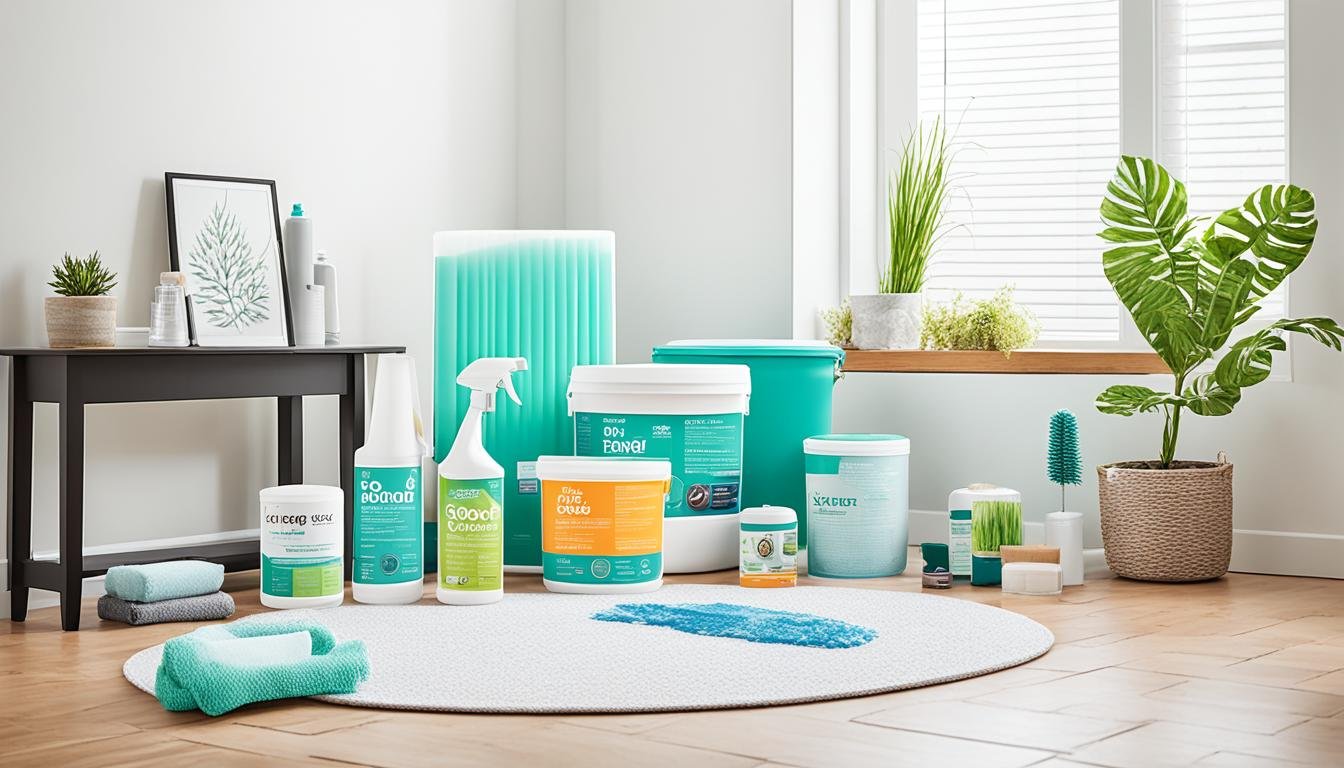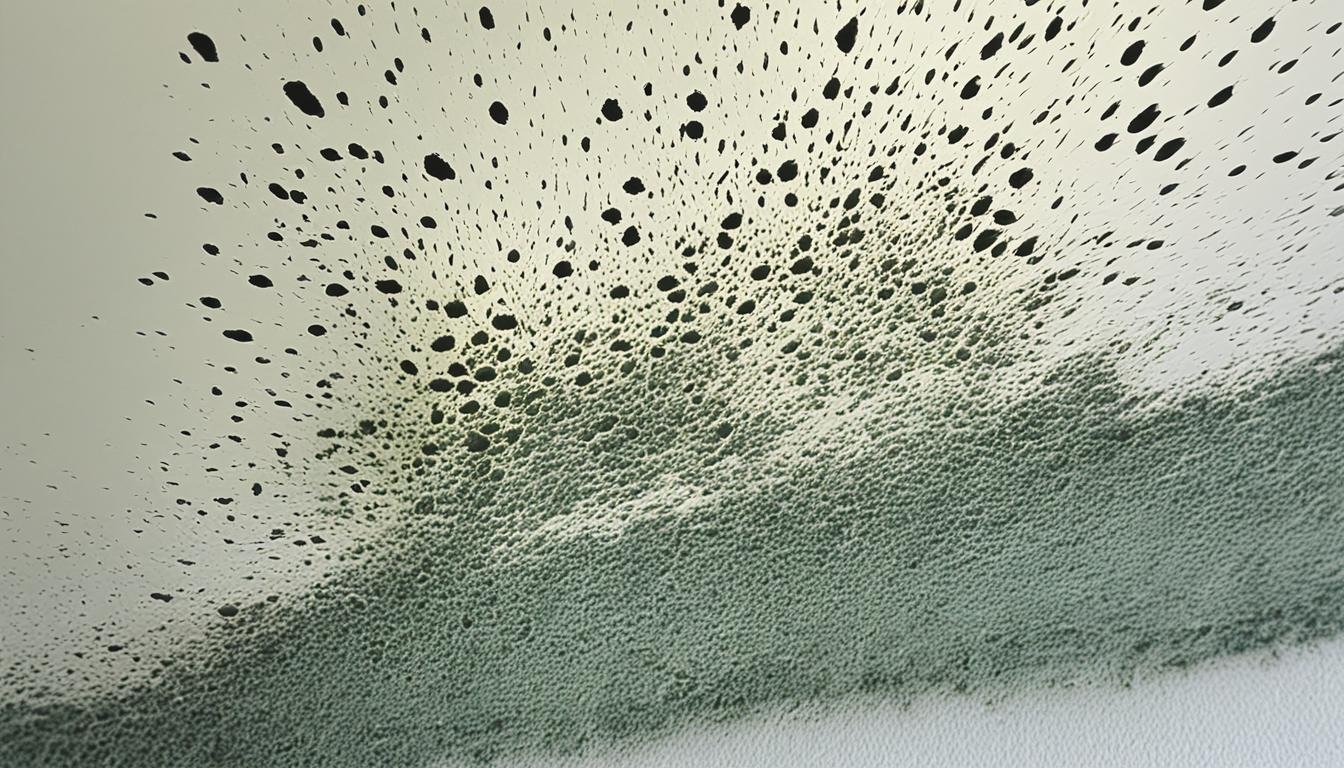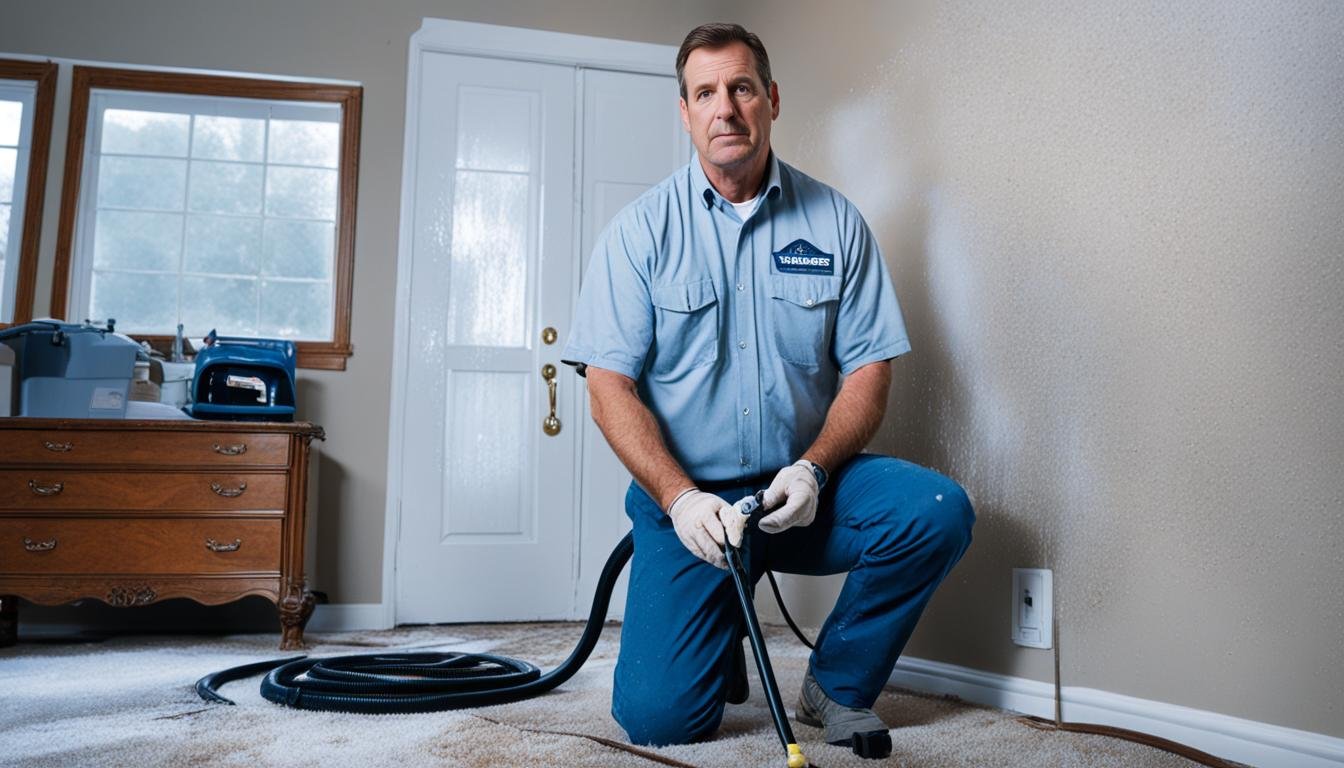Testing Your Home for Mold Toxicity
Did you know 85% of commercial buildings show evidence of water entry? 43% of these have current water problems. This highlights the common issue of mold growth. It’s a hidden danger that can be harmful to health and home’s structure. Understanding these risks is key for all homeowners. Testing for mold is an important step to protect your space. Key Takeaways Mold can thrive in damp environments, with an estimated 50% of homes having some degree of dampness. Exposure to mold and mycotoxins can lead to a range of health issues, from respiratory problems to neurological symptoms. Professional mold inspections and comprehensive testing methods, such as ERMI and mycotoxin analysis, can accurately identify the presence and extent of mold in your home. Prompt remediation by qualified experts is essential to address mold issues and prevent further damage or health risks. Homeowners should be aware of the potential costs associated with mold testing and remediation, as well as the availability of insurance coverage in some cases. Understanding Mold and Its Risks Mold happens in places with too much moisture. It needs a food source and water to grow. You can see or smell mold in some places like on drywall or in carpets. How Does Mold Grow? Mold loves water damage and wet places. It can quickly take over entire rooms. Mold can get deep into materials like wood and fabric. Mold spores are everywhere, inside and outside our buildings. Water from leaks and high humidity helps mold grow. Mold loves to eat wood, paper, and fabric. You might see mold or smell a musty odor if it’s around. Where Does Mold Exposure Happen? Mold is a common problem across many places. Places like schools and new homes are at risk from wet construction materials. It’s important for renters to tell their landlords about mold right away. Location Mold Exposure Risk Commercial Buildings High Schools High New Homes Moderate Older Homes High Mold can be very harmful, especially to people with certain health issues. It can cause nasal congestion, eye irritation, and more. These symptoms can be mild or severe. “Mold spores are found everywhere, including homes, and can grow on any surface with sufficient moisture.” Testing Your Home for Mold Toxicity Finding and dealing with mold in your home is key to keeping it healthy. You can test for mold using kits you do yourself or by hiring pros. Knowing your options helps you pick the best way to check your home for mold. DIY Mold Testing If you think there’s mold in your house, DIY testing kits are a good and cheap choice. These kits have swabs or air samplers to collect samples from possibly moldy spots. After sending the collected samples to a lab, you get a basic idea of any mold. While DIY tests are useful, they’re not perfect. They might not show all the mold you have or the exact types. For a detailed look, go for a professional mold check. Professional Mold Inspection A pro mold check is a serious look at your home by a certified inspector. They use high-tech methods to check for mold, like spore trapping and mycotoxin tests. They not only find out about the mold but also suggest how to fix it. Choosing an inspector means looking for ACAC certification. This shows the inspector knows how to find and deal with your home’s mold issues. Testing Method Description Advantages Disadvantages DIY Mold Testing Homeowners collect samples and send them to a lab for analysis. Affordable Convenient Provides initial indication of mold presence May not accurately identify the full extent of the mold problem Limited in the types of mold they can detect Professional Mold Inspection Certified inspectors use advanced techniques to assess the home for mold. Comprehensive assessment Identifies specific types of mold Provides recommendations for remediation More expensive than DIY testing Requires scheduling an appointment with a professional No matter how you test for mold, fixing it fast is crucial. Mold can lead to many health problems and get worse with time. Tackling mold early helps keep your home and family safe and healthy. Conclusion Finding and dealing with mold in your house is key to keeping your family safe. Knowing how mold starts, dangers it poses, and testing for it helps. By knowing these things, you can work to keep your home safe and healthy. If you find mold in your home, reach out to a professional for help. They will know how to get rid of it safely and completely. Keeping mold away means stopping sources of moisture and making your air better. This work might stop big mold issues later. At Water Damage Pros – San Bernardino, we’re ready to help you make a home that’s free of mold. Call us at 951-903-5429 for any help or info about mold. FAQ What are the health risks of mold exposure? Mold can lead to big health troubles. It releases harmful mycotoxins into the air. Breathing issues, weak immune system, brain problems, and damage to organs are some signs of mold sickness. How do I test my home for mold? You can start with DIY kits to check for mold spores. But for a full check, it’s wise to hire a pro. They use special tests, like spore trap and tape tests, to find the mold type and amount. How do I find a qualified mold inspector? Look for inspectors certified by groups like the American Council for Accredited Certification (ACAC). This shows they have the right skills and knowledge. What should I do if my home tests positive for mold? When mold is found, get a professional to remove it. Make sure your home stays dry and the air is clean. This will stop mold from coming back. How can I prevent mold growth in my home? Keep your house dry and well-ventilated to avoid mold. Fix leaks and low humidity. Also, clean your home often to keep mold away. Source Links https://fullyfunctional.com/blog/how-to-test-your-home-for-mold/ https://mosaicdx.com/resource/mold-testing-for-your-body-and-your-home/ https://www.angi.com/articles/black-mold-lurking-your-house.htm https://www.health.ny.gov/publications/7287/ …











